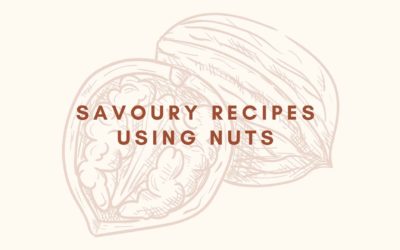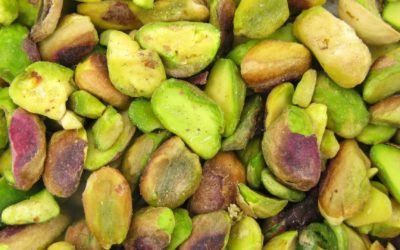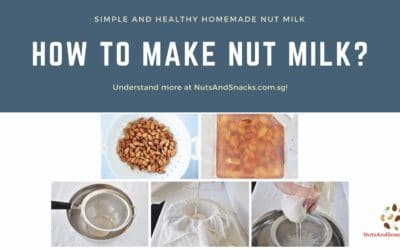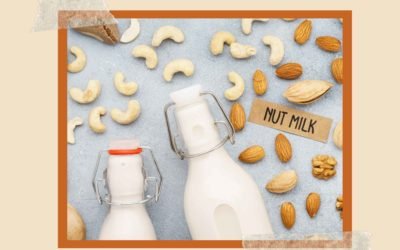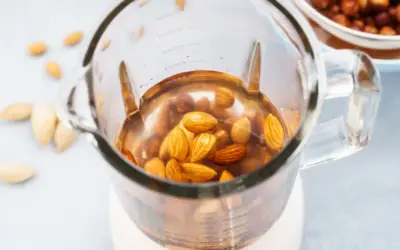Raw vs Roasted Nuts
There are many debates of whether eating raw nuts or roasted nuts is better for you. In general, there is not much difference in nutritional value between raw and roasted nuts. All nuts in either form are healthy and recommended to be added into your diet. In the later sections, we are still going to introduce you to the differences between raw nut and roasted nut, if that is your concern.
Taste and Texture
Nuts that are sold commercially are usually roasted to improve on the taste and texture. Raw nuts are more bland as compared to roasted nuts but it has a slight sweetness when consumed. However, the taste differs for different nuts. For example, Pistachio Nuts are usually roasted in order for it to be tasty. While macadamia nuts when eaten raw is already tasty. Thus, it would be better for you to try out the different nuts in its raw and roasted form to further decide which type you prefer.
Shelf Life
Roasted nuts have a shorter shelf life as compared to raw nuts. This is because during roasting, the polyunsaturated fats in the nuts get in contact with oxygen more easily and becomes oxidised. The shelf life after roasting depends on the type of storage as well. Vacuum packaging or airtight packaging can help to lengthen shelf life of the roasted nuts.
Nutritional Differences of Raw and Roasted Nuts
As mentioned previously, there is not much differences in nutritional value when consumed in small quantities. It is also recommended to consume nuts in moderation as nuts average about 185 calories per ounce. All our nuts and snacks comes with detailed nutritional information and the recommended serving size as well.
Main difference is that during roasting, it could lead to nutritional loss. Nuts are packed with nutrients such as vitamin E, magnesium, phosphorus, thiamine and carotenoids. Some of these nutrients that are sensitive to heat will be loss during the roasting process. Furthermore, studies shown that antioxidant activities decreases as roasting temperature and time increases.
However, the loss in nutritional value by roasting differs for different nuts. The temperature and time of the roasting process also plays a huge part in the amount of nutrients loss. Pistachios and Hazelnut showed no decrease in antioxidant activities and there was also no vitamin loss for pistachios after roasting. However, improper roasting at very high temperature can result in the formation of acrylamide which is said to be cancer-causing. In the next section, I will teach you how to roast nuts properly to minimise nutrients loss and formation of harmful substances.
While nutrients and vitamins in raw nuts are at its full natural state, it does not mean that you can absorb all the nutrients in the nut. This is because nuts and seeds contain moderate levels of phytic acid and enzyme inhibitors. Phytic acid is used to prevent the seed from germination unless it receives the correct growing conditions. While enzyme inhibitors prevents the raw nuts and seeds from sprouting prematurely. Both of these substances when in large quantity are known to cause digestive issues. However, the quantity of these substance in raw nuts is actually very low. Many people who consume raw nuts do not face any digestive issues at all. What if you still want to eliminate them from the raw nuts? It is actually possible by soaking the nuts which I will teach you in the later section.
How to Roast Nuts?
Proper roasting of nuts is actually very simple, you just have to get the temperature and timing right. It is recommended that you roast nuts at a low to medium temperature of 120°C to 150°C for about 15 mins. This recommendation is not cast in stone, you can adjust the temperature and timing for different taste preferences. By using a low temperature to roast, you reduce the formation of acrylamide, prevents vitamin loss and prevents the destruction of healthy fats.
How to Soak Raw Nuts?
Soaking nuts is simple on paper but is tedious and requires more steps. Firstly, you will have to soak the raw nuts in salt water and then proceed to drying them with a dehydrator or oven.
- Take four cups of raw nuts, e.g. raw peanut, raw almonds or raw cashew nut.
- Fill it with water till the nuts are covered.
- Add in about 1 or 2 teaspoon of sea salt and stir.
- Leave it to soak for 7-24 hours or overnight.
- Rinse the nuts to remove any salt residue.
- Dry nuts in dehydrator(best) or oven (must be below 65°C with best temperature at 43°C)
You must make sure that all nuts are dried out completely or else mould could form, dehydrate them for a longer time up to 24 hours. Make sure you do not dehydrate soaked nuts in high heat, in order to preserve any natural enzymes and healthy unsaturated fats that could be destroyed with high heat.
The result is a crunchier and tastier nut as compared to raw nuts.
Which Type of Nuts Should You Eat?
All nuts whether raw or roasted is healthy and nutritious to consume. You can choose to consume mixed nuts which comes with different kinds of nuts and even dried fruits. This allows you to receive the different benefits of each nuts while preventing you from over consumption of a certain kind of nuts.
If you want to roast nuts, make sure to roast them at low to medium temperature of 120°C to 150°C for about 15 mins. Preventing roasting in high heat as it can result in vitamins loss and formation of harmful substances.
Raw nuts can be further enhanced by removing phytic acid and enzyme inhibitors through soaking them in salt water followed by drying them. It is also perfectly fine to consume raw nuts as the amount of phytic acid and enzyme inhibitors is actually very low.
There are many who consume raw and roasted nuts and have never faced any issue and have only benefitted from its consumption. Furthermore, whether the nuts is raw or roasted does not have much difference in nutritional value, depending on your preference, choose the nuts that is suitable for you.

